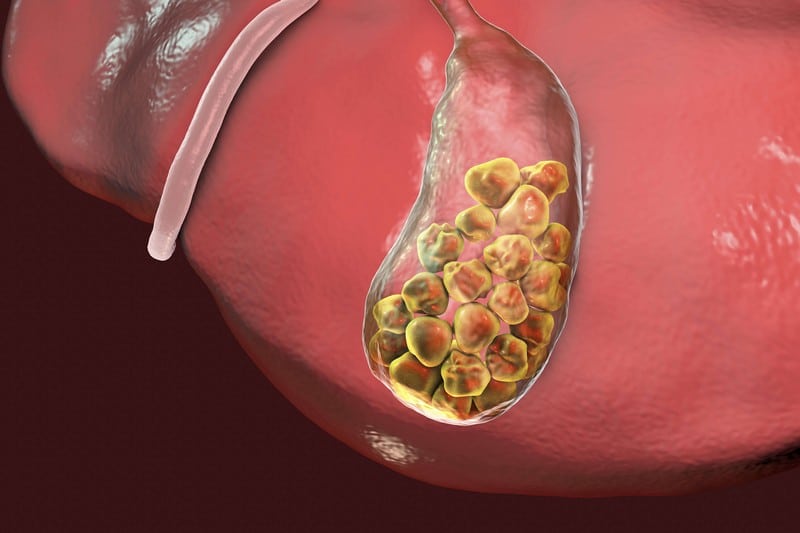Gallstones

The gallbladder is an organ located at the upper right of the abdomen, below the liver. It’s essentially a pouch storing bile, the liquid substance that aids digestion. In many cases, issues with the organ boil down to something blocking the bile duct, like gallstones. Usually, gallstones are made whenever substances in the bile harden. They’re typically asymptomatic and common. However, ten percent of people diagnosed with it may develop some noticeable symptoms in a few years. And it’s for this reason that it should be addressed immediately.
Some signs of undetected or untreated gallstones can be a rapid heartbeat, high temperature, jaundice, itchy skin, diarrhea, chills, confusion, dark-colored urine, and appetite loss. Most of the time, treatment is unnecessary for gallstones, and they may even pass without notice. However, if there is pain, surgery may be recommended. If the operation isn’t performed, there’s a chance that it can cause more damage or come back. There are also non-surgical treatment options available for older individuals who can’t take the stress of an invasive operation.










